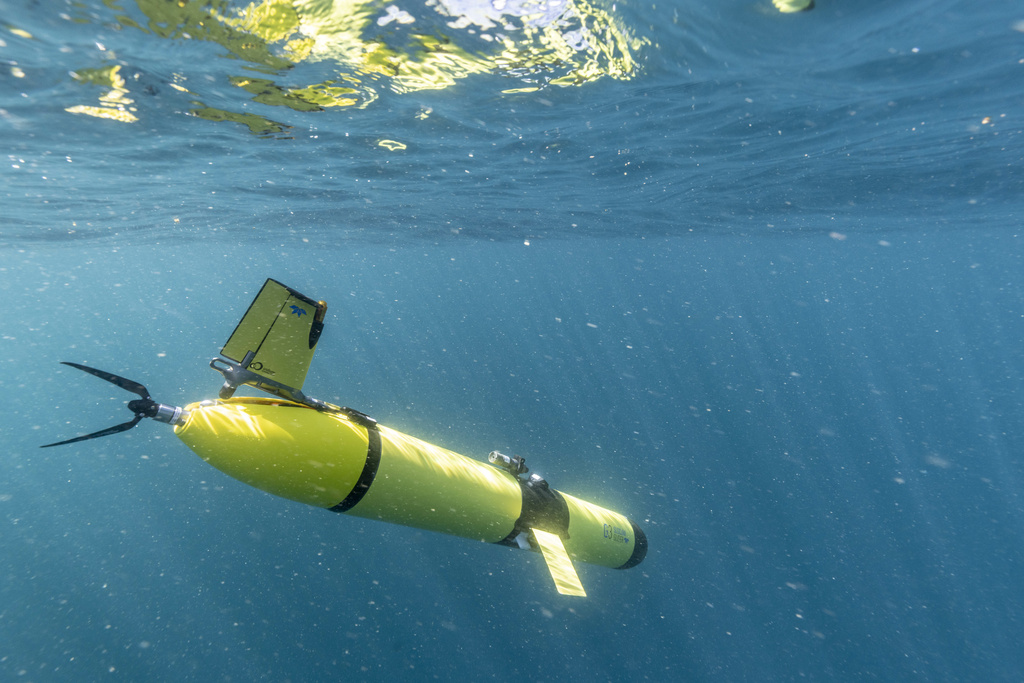The document showcases the impact IMOS research infrastructure and data provides across the country.
In 2023 the Integrated Marine Observing System (IMOS) celebrates its 17th year of operation and the amazing milestone of having collected and delivered one billion ocean measurements! This is a huge achievement and a tangible demonstration of what IMOS delivers for Australia and the world.
As you’ll see in this year’s highlights, IMOS has made significant contributions to education and research in Australia with almost every research university in the country having published using IMOS data. This use speaks to the reach and applicability of ocean observations and IMOS data.
This year also included a range of firsts and significant accomplishments. IMOS is delivering a ground-breaking Data Management System (DMS) to underpin the Reef 2050 Integrated and Reporting Program (RIMReP) for the Great Barrier Reef. The DMS will combine ocean observations with socio-economic data and Traditional Ecological Knowledge to produce a unique platform for holistic perspectives and decisions. Data integration is also at the forefront of the Biological Ocean Observer platform which combines physical and biological data to help users more easily address complex ecological questions. Data collections of wind and wave data have also provided centralised data to support a range of models and analyses within and beyond Australia.
IMOS observing capabilities have also gone from strength to strength in 2022-2023 through new partnerships with fishers and Fisheries Research and Development Corporation (FRDC) to collect water temperature data from fishing equipment. This partnership fills an important data gap in nearshore regions while providing valuable information to fishing operations. IMOS Ocean Gliders and the Ningaloo Radar have helped capture rare events and provide critical data in under-observed areas, while the Satellite Calibration and Validation Facility is providing crucial underpinning for the new NASA Surface Water Ocean Topography (SWOT) satellite mission. The Animal Tracking Facility expanded into Queensland creating and extensive collaborative network providing critical data to inform state resource management. These activities could not be delivered without support and coordination from IMOS.
IMOS also facilitated a unique set of observations via Lisa Blair’s world record solo sail around Antarctica. As Lisa sailed she collected microplastic samples which revealed plastics were present in every sample in even the most remote ocean locations. This data set will serve as a critical baseline for the future as we work to eliminate plastic pollution.
Please find the 2022-23 Annual Highlights document for Australia’s Integrated Marine Observing System (IMOS) here.
